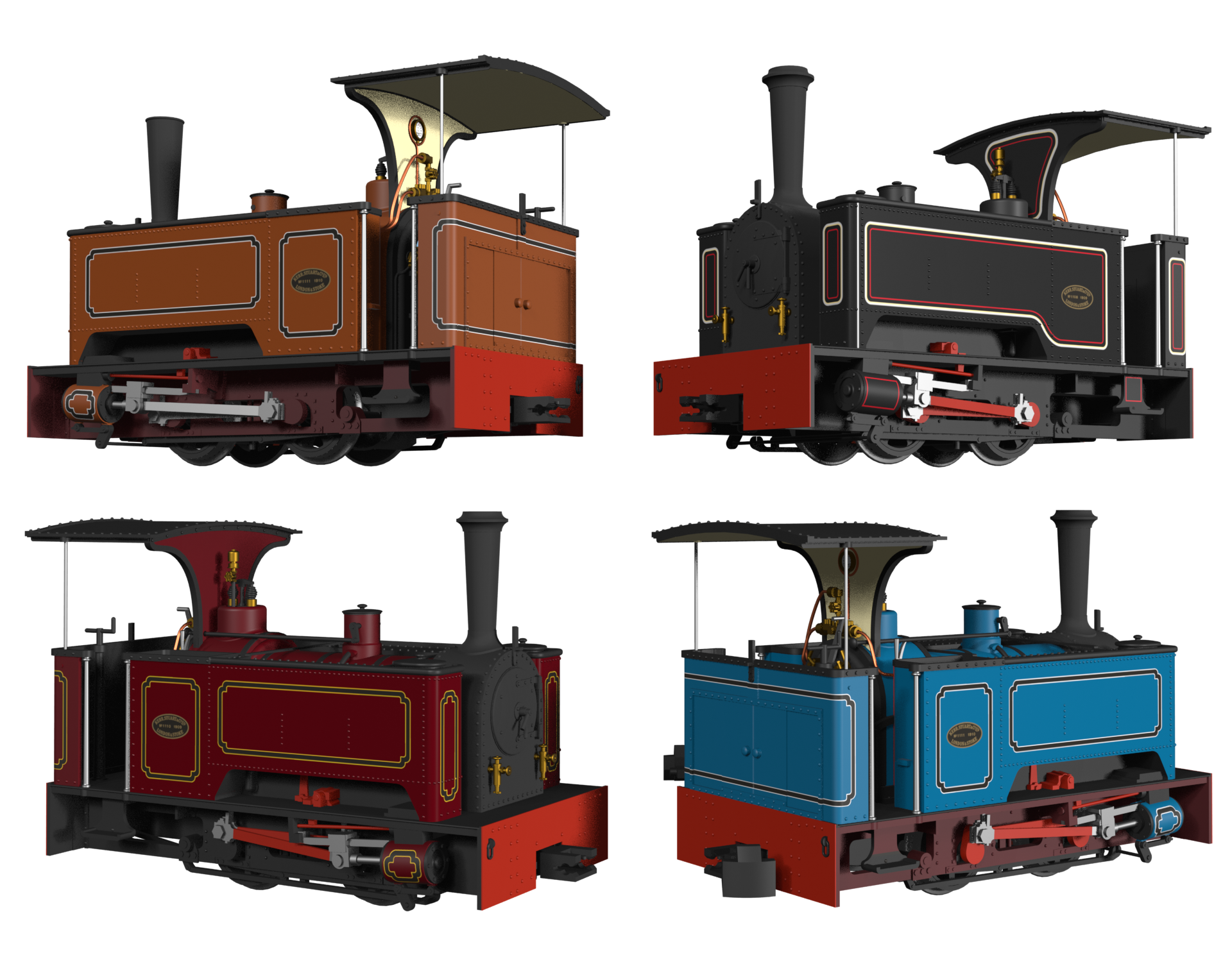Interview: Andy Hardy of Rapido Trains UK
As Rapido Trains reveals its latest new locomotive tooling project, we chat with Andy Hardy, general manager of the manufacturer’s UK operations to learn what makes his interest in railways large and small ‘tick’.
Howard - You grew up around railways and are active in preservation and mainline support – does driving and working on real steam (and supporting Tornado) influence the way you approach model design?
Andy - Possibly in some ways. I’m very aware of how real locomotives operate and I do try to translate that into the DCC versions of our models where we can program brakes and sounds to reflect what really happens. Steam locomotives don’t always respond instantly for example, and we can include that into our programming. With our ‘Jones Goods’ we started to really develop this. On DCC when you turn the controller up from stationary you hear the ‘big jet’ used to create the vacuum to release the brakes, after a second or so you hear the click of it returning to the running position before the locomotive then starts to move. Likewise, when you use the brake function you hear the vacuum brake being used, but when the locomotive stops, you hear the ‘dump’ of the vacuum brake played automatically.
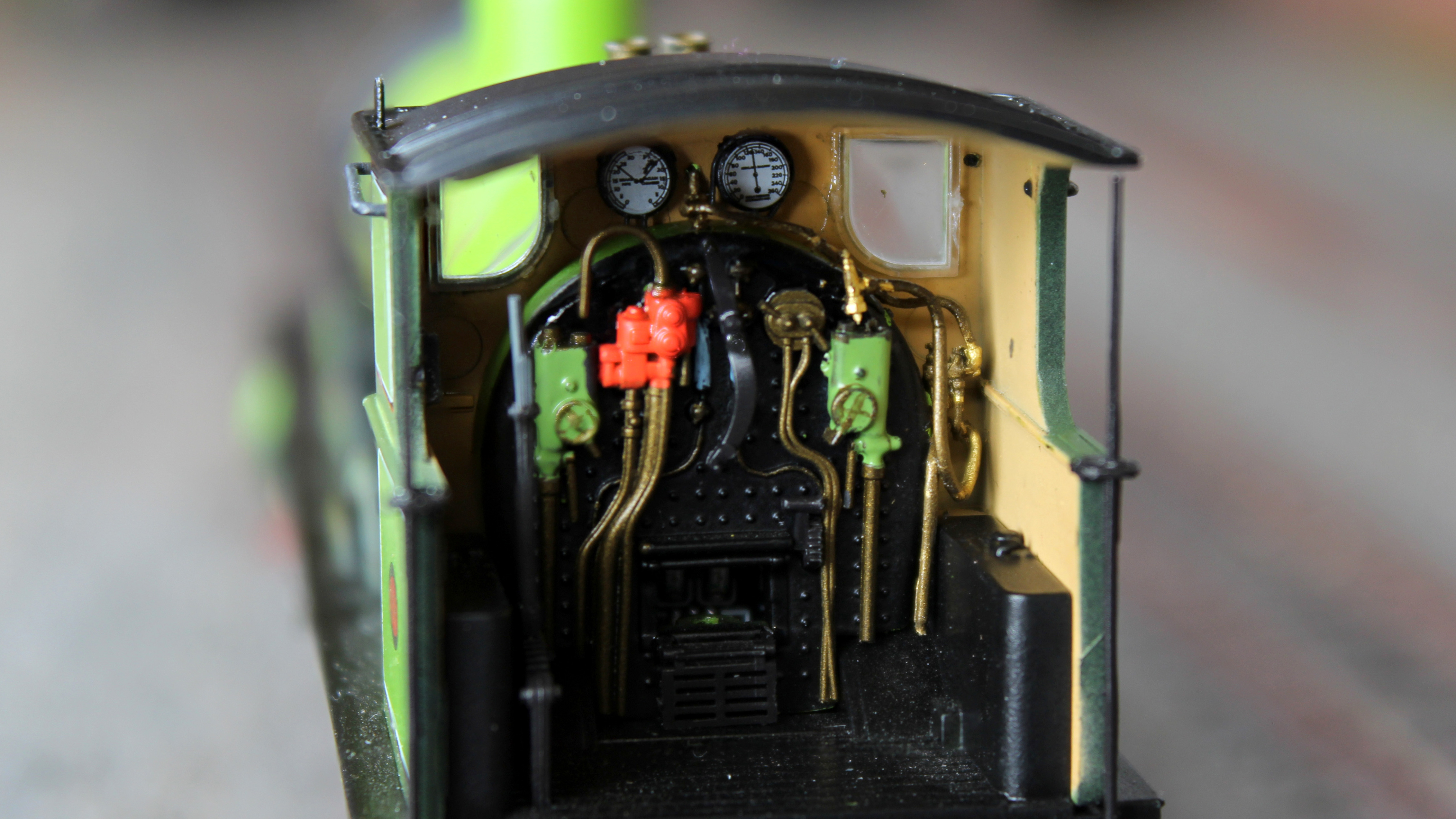
Cab detail of a 'Jones Goods' locomotive from Rapido Trains.
H - You’ve said you have an “absurdly weird interest” in early railways and unusual locomotives — what was the earliest or oddest prototype that hooked you?
A - I have a couple. I first passed out on steam locomotives at the Middleton Railway – the first railway to successfully use steam locomotives in 1812 for a commercial purpose. These engines fascinate me – there was only really Trevithick before, and it was before the Stephansons really came along. I once wrote a university essay on the Kitson-Still steam/diesel hybrid locomotive, as used on the LNER.
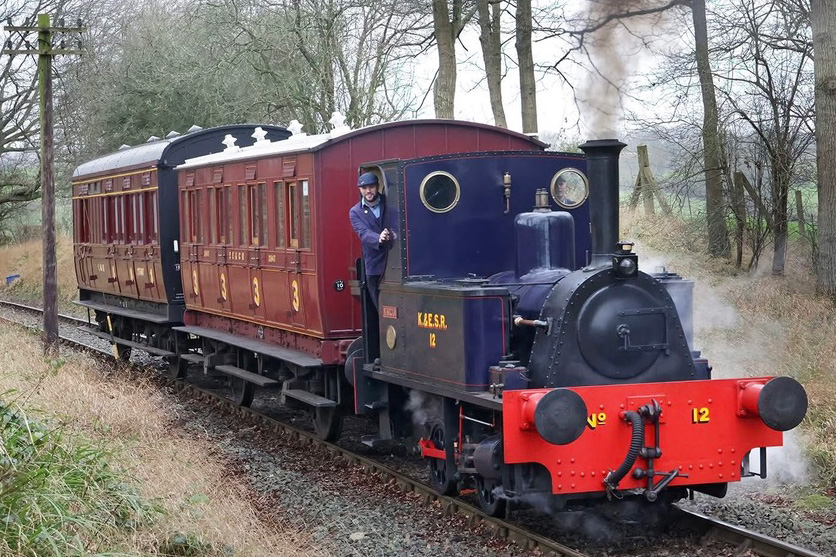
Andy owns the diminutive Peckett No. 12 'Marcia' on the Kent and East Sussex Railway, which weighs barely 12T. Constructed in Bristol in 1923 it's an unusual design for a firm which normally specialised in robust saddletanks for heavy industrial work.
H - How do you balance being a hands-on preservationist with the logistics and commercial decisions of running Rapido Trains UK?
A - Like everything you make time. Luckily, model railways and full-size railways are an overlap on the Venn diagram for me, so I get time for both. Juggling a busy family life just adds to the challenges.
The design process
H - Walk us through Rapido UK’s design pipeline from prototype research to the finished OO/N sample — what are the biggest bottlenecks?
A - Everything starts with a commercial case. We need to make money so that we can re-invest it into new models. This involves research beforehand. Once approved, the really detailed research begins – looking for drawings, surveying preserved locomotives and talking to the relevant experts. We then turn this into 3D CAD and work out all the tooling variations – most of which we do in the UK. Our factories then usually take over to work on the mechanisms and check everything, ahead of tooling. At this point our graphics team swings into action and begins producing the liveries ready for showing to the public and for the factory to use when decorating the models. We review our EP samples, send any feedback and then head into production! In terms of bottlenecks – it can vary depending on the prototype. Our PO wagons for example are an easy physical product – but with 20 odd sets of artwork to produce, it can be a slow process.
Rapido Trains recently shared this video of a tour of its factory, explaining the process of assembling models.
H - How do you decide what to tool as an ‘all-new’ model versus a new re-run or new variation with different running numbers or liveries?
A - Generally, we like to make many new toolings. In our first five years we haven’t done many re-runs – our Hunslets and GWR ‘Iron Minks’ being the exception. Sometimes we will develop something – our PO wagon range has run to several batches – but our tooling suite allows us to do different body styles and lengths, so everything is slightly different to those before.
With all new models we look at a variety of factors – what’s already on the market, what ‘goes with what’ and what joins up with other Rapido products? Are there preserved examples? Can parts like tenders be reused for future projects? It’s a very complicated process choosing the right model and it certainly takes a fair amount of ‘gut feeling’.
H - Rapido has increasingly used advanced printing/UV techniques for wagons and liveries — how has digital printing changed what you can offer in small-run or niche liveries?
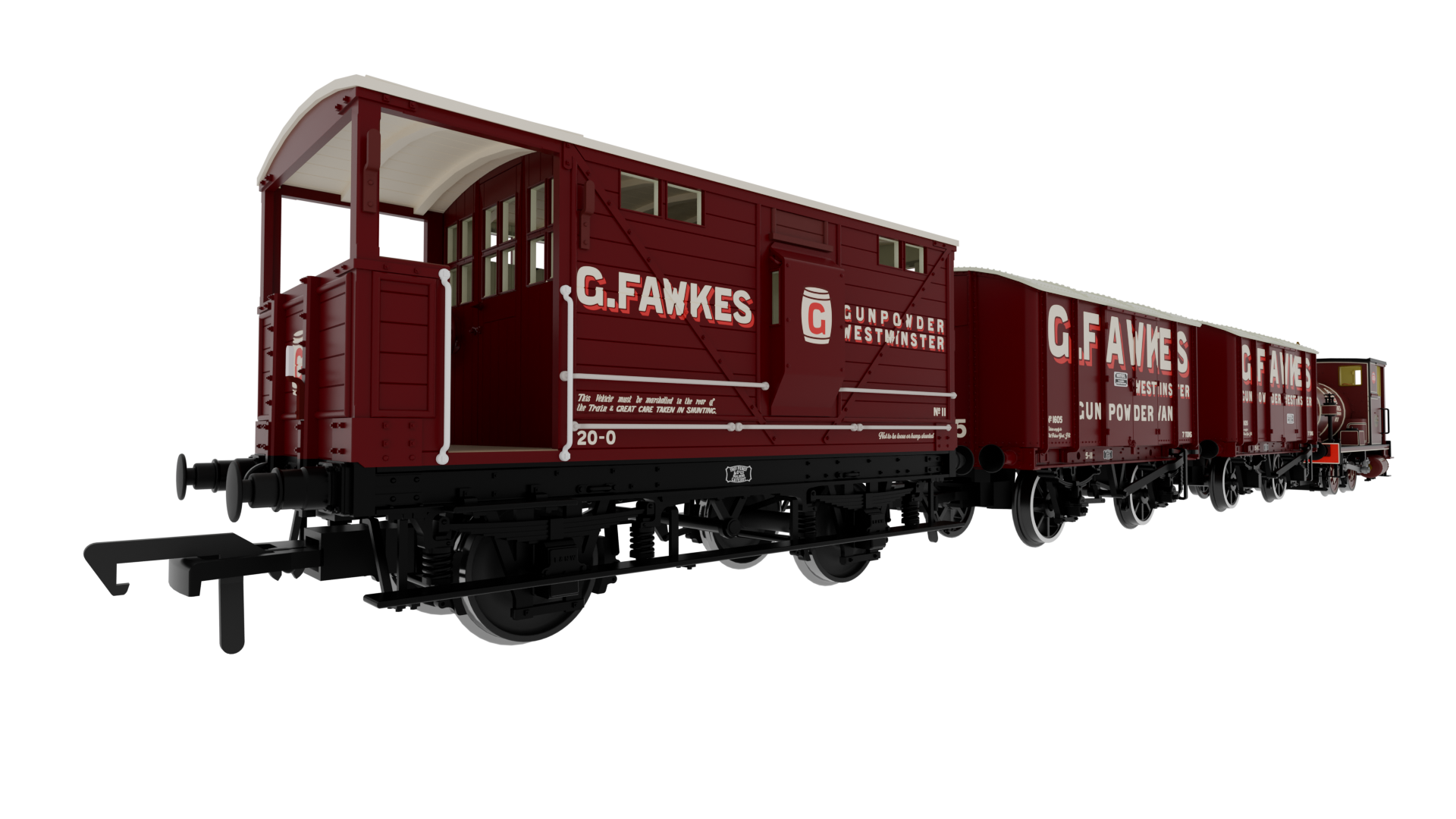
Fun liveries are all 'part and parcel' of the Rapido Trains philosophy, including this newly-announced LNWR 17B Brake Van in Guy Fawkes livery, complementing its 'not quite Mink' wagons.
A - Technology is always improving. Traditional pad printing is best for mass production currently, but UV printing has allowed us to do some very small – even ‘one-off’ runs. Watch this space for something exciting on this front…
H - For models with tricky underframes or running gear such as small-wheel steam, or OO9 projects, what compromises – if any? – do you make between scale fidelity and reliable running?
A - This is always a balance. We are selling working models and if they don’t work properly, it’s a major problem. We tend to err on the side of caution with items like valve gear. Being honest, the OO9 Sirdar valve gear is larger than it should be – but when it’s so small it’s not easy to make a completely scale item mass-produceable.
The OO9 'Sirdar' range of short and long tank locomotives will assist narrow gauge modellers with useful motive power options in a selection of attractive liveries.
H - You’ve previewed ‘Evolution’ coaches and additions to the LMS wagon ranges for 2025 — what was the attraction to doing these runs now vs. later? Were there any unexpected challenges?
A - ‘Evolution’ has been fantastic, and many people have requested further liveries – so we felt obliged to continue with more releases. We want to add additional tooling into the ‘Evolution’ suite, and we have some exciting plans for this. Honestly, the biggest issue has been just how popular they are! We are always looking to diversify what we do – hence our entry into the OO9 world with our ‘Narrow Lines’ range. There’s more to come in this vein in the future…

Ever-popular, the range of 'Evolution' coaches from Rapido Trains UK is expected to be a close sell-out as pre-orders continue to flood in, despite factory orders now placed for batches 1 & 2.
H - There’s strong interest in early or unusual locomotives from Rapido. We’ve seen the Stirling Single and other early GNR pieces proposed. How do you ensure sufficient historical accuracy for these smaller/older prototypes where reference material can be scarce?
A - Interestingly, the only project we have tried to do where material has been scarce is the BR Class 04 diesel shunter. All other projects have been easy from a research point of view – you just need to know where and whom to talk to!
H - Rapido often previews new releases via videos — how much does direct feedback from retailers and show attendees change a product before it goes to production?
A - Direct feedback goes a long way. We always want to listen to customers. Sometimes changes come about too late or are just not viable – but where possible we are happy to take onboard what people suggest. Our GWR ‘County’ is a case in point with modifications to the cab made after feedback was sent to us online.
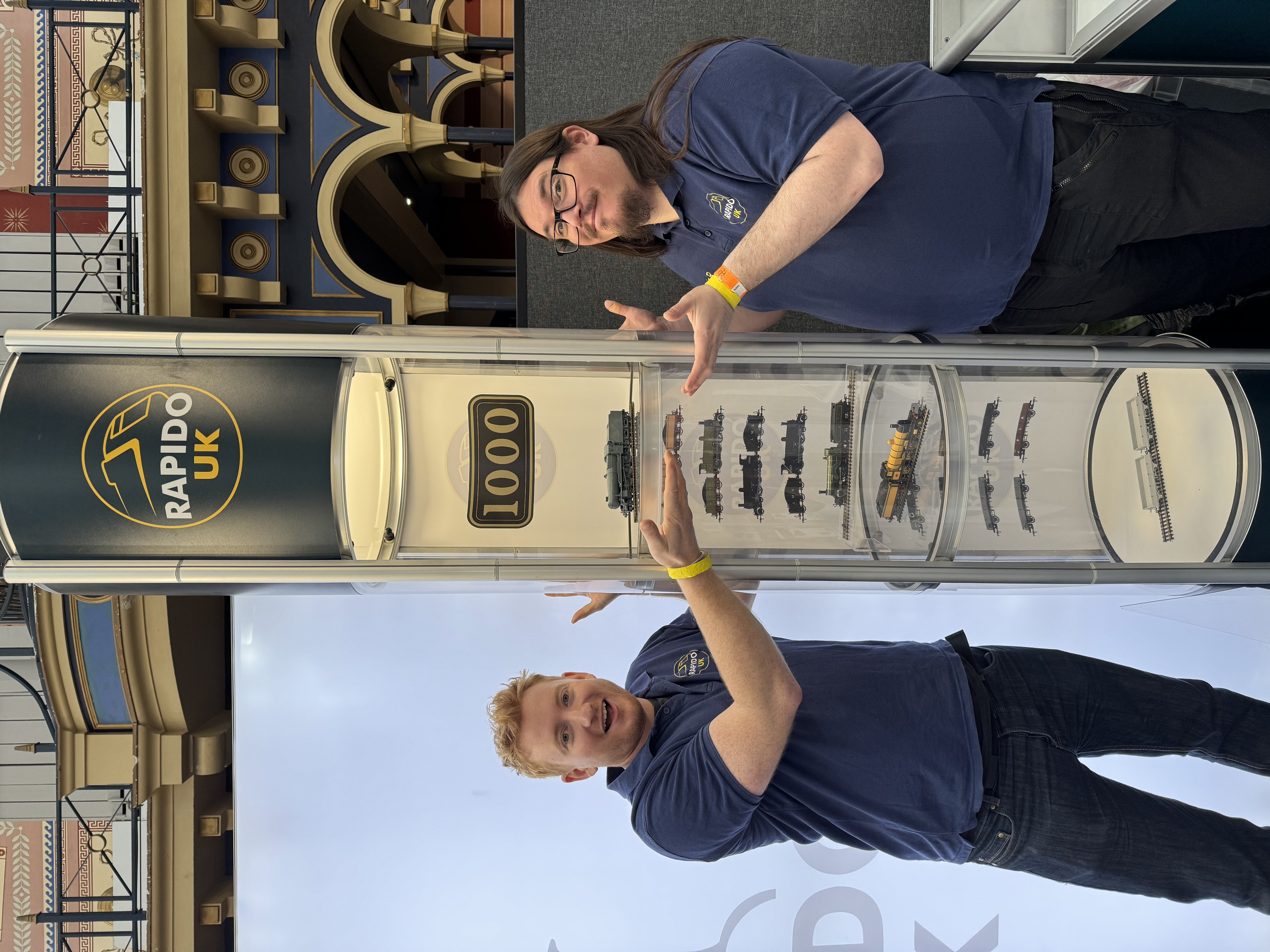
The Rapido Trains UK stand acts as a portal of communication with customers at shows. Suggestions for future projects and feedback on current projects are important to success.
H - What’s your personal favourite model from the present Rapido range?
A - Now there’s a question! I have too many favourites. I love the Manning Wardles – Matthew Murray is the locomotive I passed my driving exam on! The Wisbech & Upwell tramcars are sublime, and Ivor has taken me back to my childhood. There are also some favourites in models that haven’t been announced yet…
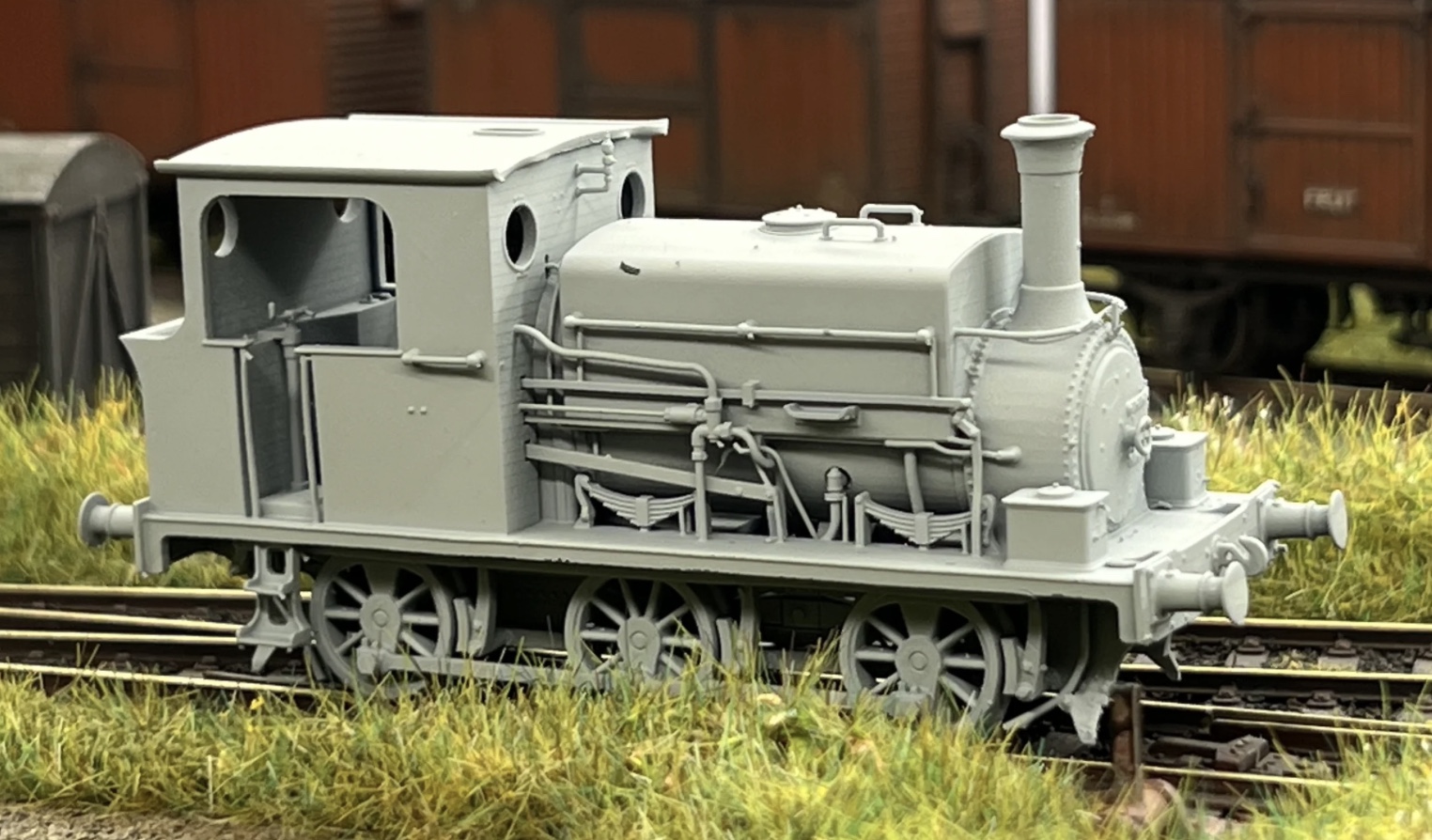
Manning Wardle 0-6-0s are a favourite in the preservation scene, and in model form from Rapido they'll be equally as impressive. These diminutive little machines can be found pulling Mk. 1 coaches on smaller heritage railways, a task for which they look hilariously unsuitable, but always attract crowds!
H - Today’s announcement sees the GNR C2 / LNER C12 4-4-2 Tanks break cover. Tell us what you love about this class? Were there other close project contenders among staff at Rapido or was the decision unanimous?
A - I do like a good ‘run of the mill’ locomotive. These ‘tanks’ look visually different to many RTR models and fill a hole in the GNR / LNER market. All Rapido staff get behind our models, and I think this project has appealed to many of them personally. Hopefully that translates to the modelling public!
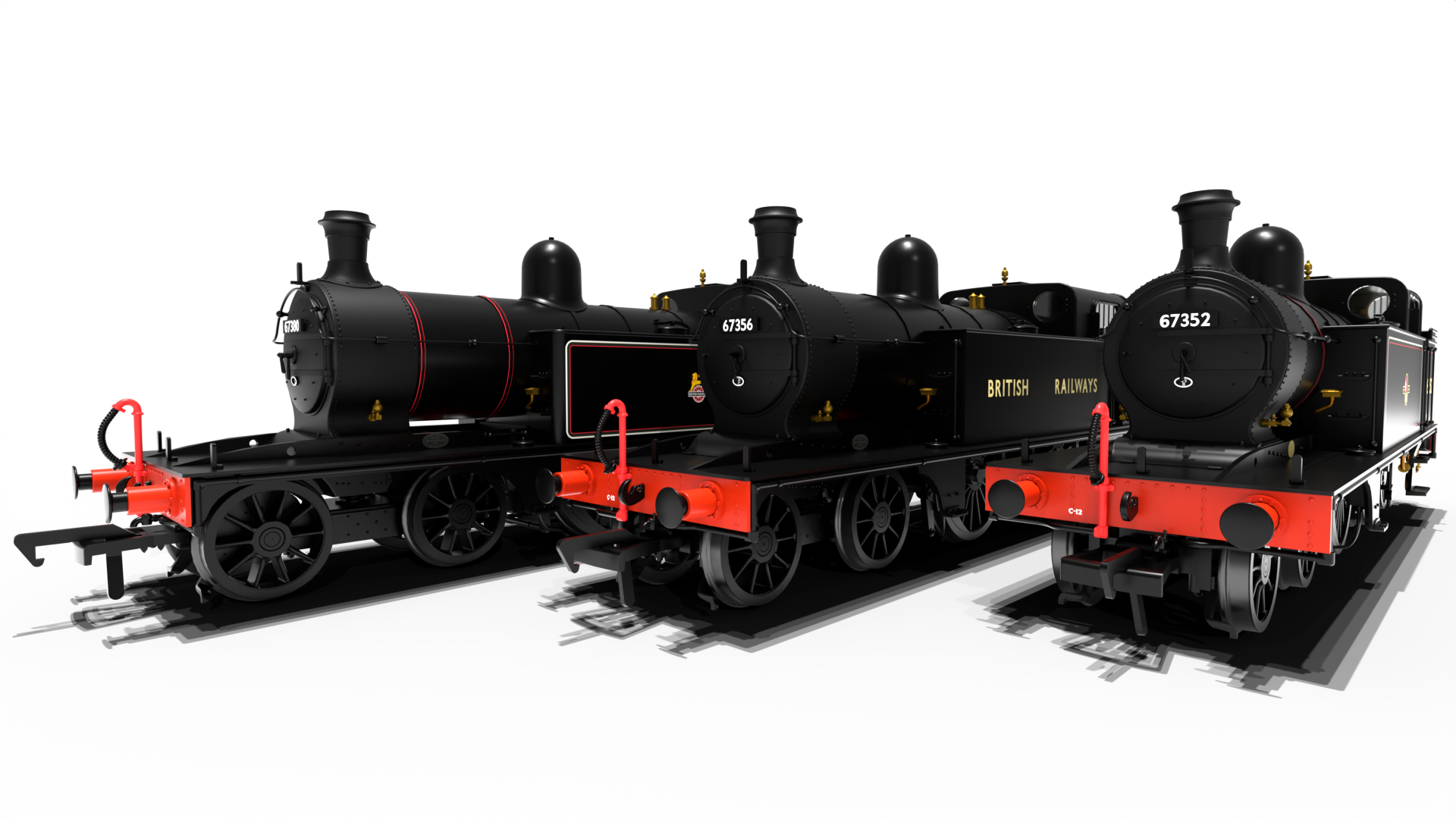
Available in guises spanning GNR liveries to BR late crest, the 12 new 'Atlantics' are a missing link for Eastern Region fans. Secure yours here, today...


